GrantH
TPF Noob!
- Joined
- Dec 14, 2010
- Messages
- 380
- Reaction score
- 13
- Location
- Hattiesburg, MS
- Can others edit my Photos
- Photos OK to edit
I've been covering a lot of car events whether it be shows, races, or just local meets and while I can figure out how to come out with a good image...it takes a couple tries to dial everything in. My problem comes with shooting different colors of cars in the same lighting. We all know all cars are different in some form and most obvious would be color. This past weekend I shot a 1/2 mile shootout and had trouble with capturing certain cars back to back of one another. For example, I would use either eval or spot meter and would get a perfectly exposed red car and then shoot and get a blown out silver car. I shot in Av for a while and got what I thought was a good setting that I could drop a couple notches to expose it perfectly in post. Switched over to Manual and nothing was consistent.
Anyways, can someone try and explain how to go about switches settings, or a general rule when metering for cars at a show? I figured I could meter the grass and get fairly consistent results but blacks were then shadows/really dark where red and blues were perfect.
Anyways, can someone try and explain how to go about switches settings, or a general rule when metering for cars at a show? I figured I could meter the grass and get fairly consistent results but blacks were then shadows/really dark where red and blues were perfect.


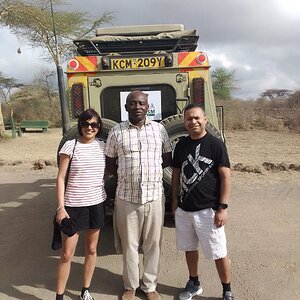
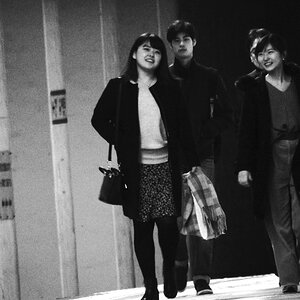

![[No title]](/data/xfmg/thumbnail/30/30886-4d4f2b370f36c175a23901cc8689aea4.jpg?1619734498)
![[No title]](/data/xfmg/thumbnail/41/41779-303c41fcb3e37507cbe986d76dbfcf85.jpg?1619739890)
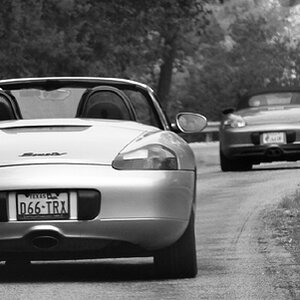

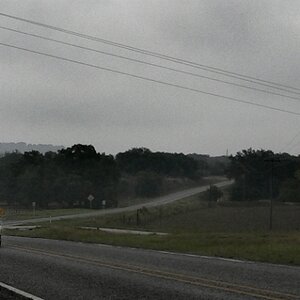
![[No title]](/data/xfmg/thumbnail/41/41782-daa26990361bf4193a874908bda10dbb.jpg?1619739891)
![[No title]](/data/xfmg/thumbnail/41/41780-5efe87aed04575de7c09b065d70763ae.jpg?1619739890)
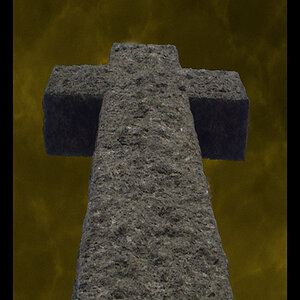
![[No title]](/data/xfmg/thumbnail/30/30884-b92cca2d3ad6f728825cf7e936e8cef6.jpg?1619734496)